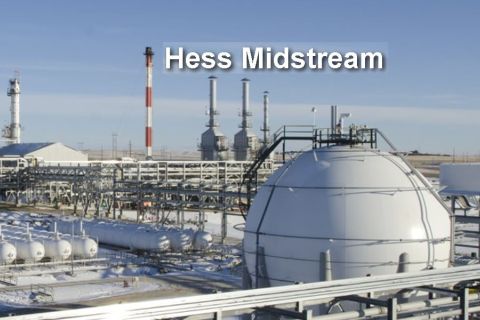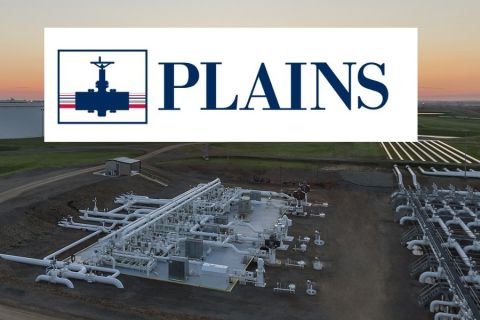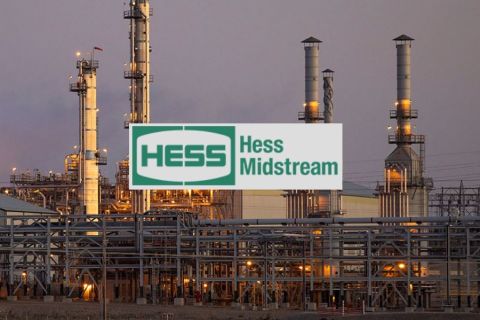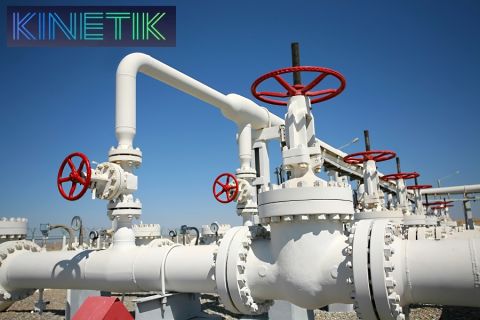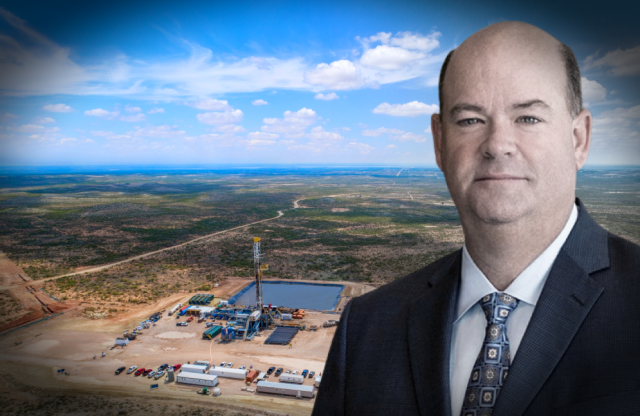
“We do believe a price recovery is coming,” ConocoPhillips CEO Ryan Lance says. (Source: ConocoPhillips Co.)
If Big Oil is going through an existential crisis, someone forgot to tell Ryan Lance.
On Oct. 19, ConocoPhillips Co., the company Lance runs, announced its plan to buy Concho Resources Inc., a big shale oil producer, in an all-equity deal worth $13.3 billion.
It was the biggest shale-focused transaction since the crude price crash hit the American oil sector, causing widespread bankruptcies and job losses, and reversing years of stunning production growth.
The combined company will be the largest independent oil and gas producer in the world, with output of 1.5 million bbl/d of oil and gas—much more than some OPEC countries produce.
It is a big bet on oil, just as operators such as BP Plc plan a pivot to clean energy. And it arrives in the middle of a pandemic that has stricken global crude consumption and left some wondering if a century of growth has ended.
Lance is sanguine. “We do believe a price recovery is coming,” he told the Financial Times this week.
Global demand will recover, probably by 2022, he thinks—and falling supply as beleaguered oil groups cut spending on “upstream” production and exploration activity will tighten markets.
It will not be the first boom-bust cycle the 58-year-old has been through. A self-declared oilman, he roughnecked on rigs to pay his way through university in Montana before becoming a petroleum engineer in Alaska—still considered the frontier of the American oil business.
He took ConocoPhillips’ helm in May 2012, after the company had hived off its “downstream” refining business (now called Phillips 66), overseeing its reincarnation as a purely upstream player with assets from Alaska to Libya.
His tenure has covered a volatile era in global oil. But before the latest crisis hit the sector, ConocoPhillips’ shares were one of the few oil stocks to have risen during the period, outperforming the wider S&P energy index.
For some, Lance embodies American Big Oil. He has served as a chairman of the American Petroleum Institute, a powerful lobby group. He was instrumental in persuading the Obama administration to lift a ban on U.S. crude exports in 2015.
“He’s very connected in Washington,” said Paul Sankey, a veteran oil analyst and head of Sankey Research.
Other oil executives perceive a straight shooter—someone “who knows where to aim,” said one. In 2015 he went to Vienna to attend an OPEC conference at the height of another price war and told the cartel: “U.S. shale is here to stay.”
Lance’s company is considered by peers to have pursued a strategy of value over volume, with a strong focus on technology.
Scott Sheffield, CEO of rival Pioneer Natural Resources Co., this week cited ConocoPhillips as one of just four U.S. independent producers that were currently “investable.”
“He’s very methodical in the way he thinks through his strategy,” said Daniel Yergin, vice-chairman of IHS Markit and author of a recent book on energy, The New Map.
A calculation about supply and demand fundamentals led Lance to Concho.
U.S. oil output is about to fall again, he believes. Production hit a record high of 13 million bbl/d before the price crash but has averaged about 10.5 million bbl/d in the past four weeks, according to the federal Energy Information Administration.
Operators have shut wells and slashed capital spending in recent months. ConocoPhillips itself wiped more than a third off its planned capex this year.
Lance thinks worse is in store, as the dearth of oilfield investment cripples the sector’s ability to carry out the constant drilling needed to overcome shale’s fast depletion rates.
“I think there’s going to be a pretty dramatic fall-off as we go into 2021, as the decline curves start to take hold,” he said, adding that if prices remained around $40/bbl, U.S. production could lose 4 million bbl/d from its peak.
Hence ConocoPhillips’ bet on Concho, an operator with some of the best acreage in an area where Lance’s company lacked heft: the Texas Permian Basin, the world’s most prolific oil field.

Lance said that with Concho’s Permian Basin shale assets, ConocoPhillips would have access to 23 billion barrels of oil and gas that could be supplied at a cost below $30/bbl, well below prevailing prices.
“If you’re hunkering down for the long term, you want to hunker down in the Permian,” said Yergin.
The move is part of Lance’s preparations for an inevitable market shift.
“We are going to go through an energy transition,” Lance said. “So eventually there will be a peak in demand.”
His company this week became the first U.S.-based oil producer to pledge net-zero carbon emissions from its operations by 2050 (but not so-called scope 3 emissions, involving the burning of its oil).
That will help with investors who increasingly focus on the oil industry’s carbon pollution. But ConocoPhillips’ long-term survival may also depend on producing oil cheaply enough to compete in a shrinking market.
“The endgame may be a ways off but when it comes, the winners will be the cheapest and the cleanest,” said one industry executive.
The International Energy Agency’s latest scenarios project that in a world that meets the Paris climate goal, oil demand could be 66 million bbl/d in 2040. That is about a third less than last year—but still a lot of oil, the Conoco chief points out.
“The world is demanding action on climate. We understand that,” Lance said. “But we also understand that there’s going to be a need for fossil fuels.”
Recommended Reading
Hess Midstream Announces 10 Million Share Secondary Offering
2024-02-07 - Global Infrastructure Partners, a Hess Midstream affiliate, will act as the selling shareholder and Hess Midstream will not receive proceeds from the public offering of shares.
Plains All American Names Michelle Podavin Midstream Canada President
2024-03-05 - Michelle Podavin, who currently serves as senior vice president of NGL commercial assets for Plains Midstream Canada, will become president of the business unit in June.
Matador Completes NatGas Connections in Delaware Basin
2024-03-25 - Matador Resources completed natural gas pipeline connections between Pronto Midstream to San Mateo Midstream and to Matador’s acreage in the Delaware Basin.
Hess Midstream Subsidiary to Buy Back $100MM of Class B Units
2024-03-13 - Hess Midstream subsidiary Hess Midstream Operations will repurchase approximately 2 million Class B units equal to 1.2% of the company.
Kinetik Holdings Enters Agreement to Pay Debt
2024-04-04 - Kinetik Holdings entered an agreement with PNC Bank to pay down outstanding debt.

